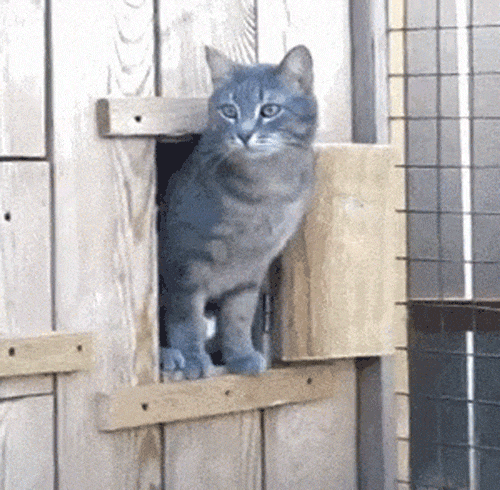Indoor vs. Outdoor Cats: Pros, Cons, and Safety Considerations

As a responsible cat owner in Australia, deciding whether to keep your feline friend indoors or allow them to roam outdoors is a monumental choice that requires careful consideration. Both options have merits and drawbacks; weighing them against your cat's safety and well-being is essential. Come along as we join paws with Pet Food Australia, and delve into the pros, cons, and safety considerations of keeping indoor and outdoor cats.
Pros of Indoor Cats

Safety First:
One of the most compelling reasons to keep your cat indoors is its increased safety. Indoor cats are protected from various dangers, such as traffic accidents, exposure to toxins, and confrontations with other animals. By providing a controlled environment, you can ensure your cat's safety.
Health Benefits:
Indoor cats are less likely to contract diseases and parasites commonly found in outdoor environments. They are also shielded from extreme weather conditions that can affect their health.
Longevity:
Due to reduced risk of exposure, indoor cats often live longer than their outdoor counterparts. A well-nurtured indoor cat can enjoy a longer and healthier life with proper care.
Bonding Time:
Indoor cats often form stronger bonds with their owners as they spend more time together. You can provide enrichment activities, playtime, and mental stimulation, enhancing the human-animal connection.
Cons of Indoor Cats

Limited Stimulation:
Indoor cats might miss out on the sensory experiences of the outdoors. They could become bored or restless without exposure to natural sights, sounds, and smells, leading to some internal destruction of your home and furniture.
Exercise Challenges:
Keeping indoor cats physically active can be more challenging. Providing engaging toys, climbing structures, and play sessions is essential to ensure they receive adequate exercise.
Pros of Outdoor Cats

Exploration and Stimulation:
Outdoor environments offer a wealth of sensory stimulation for cats. Exploring nature, hunting, and interacting with other animals can provide mental and physical engagement.
Natural Behaviours:
Outdoor cats can exhibit natural behaviours such as climbing, hunting, and sunbathing. These activities can contribute to their overall well-being and reduce boredom.
Cons of Outdoor Cats

Safety Risks:
Allowing your cat to roam outdoors exposes them to numerous risks, including traffic accidents, predation by larger animals, and disease exposure. In Australia, the threat of native wildlife predation is a significant concern.
Environmental Impact:
Outdoor cats can negatively impact local wildlife populations, especially birds and small mammals. Keeping cats indoors might be more responsible for protecting the delicate balance of your local ecosystem, depending on your property location.
Safety Considerations for Outdoor Cats

Microchipping and Identification:
If you allow your cat outdoors, ensure they are microchipped and wear a collar with identification. This dramatically increases the chances of a lost cat being reunited with its owner.
Supervision:
Consider using a secure harness and leash for supervised outdoor time. This allows your cat to experience the outdoors while reducing the risks associated with unsupervised roaming.
Cat-Proofing:
Create a secure outdoor space by cat-proofing your yard with fences or enclosures. This "catio" allows your cat to enjoy the outdoors safely.
Ultimately, deciding between keeping your cat indoors or allowing them outdoor access depends on various factors, including your cat's personality, the local environment, and safety considerations. Regardless of your choice, prioritising your cat's safety, health, and well-being should always be at the forefront. By making informed choices and providing love and care, you can ensure a fulfilling life for your feline companion. For top-quality pet food and advice tailored to your cat's needs, trust Pet Food Australia as your partner in pet care.













